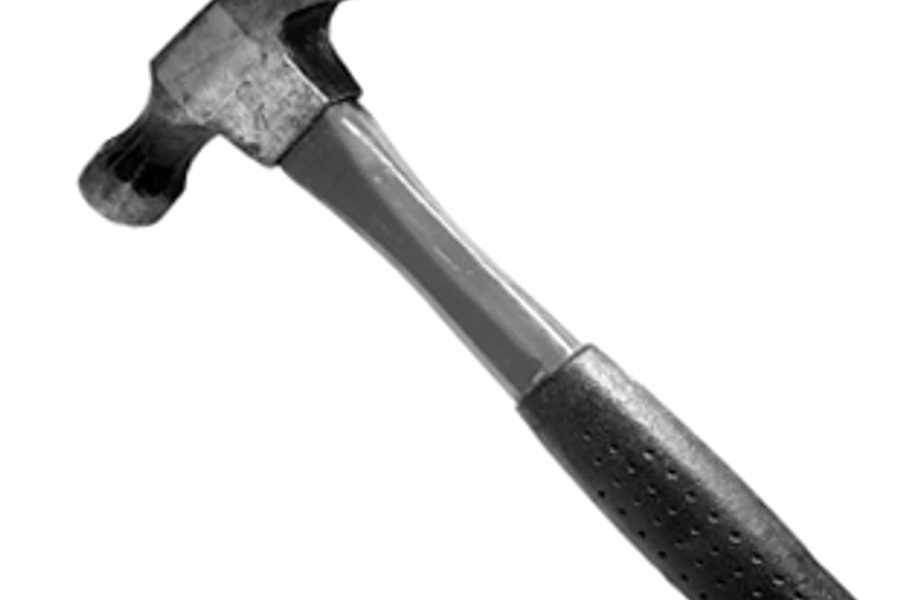
Never has a how-to home improvement manual contained so much deep thinking. Or, phrased another way, never has a philosophical tract about the relationship between human and house contained so much how-to home improvement advice.
Married in 1978 just after college graduation, David Owen and wife Ann Hodgman moved into a New York City apartment. They knew nothing about remodeling. Eventually, as babies arrived, remodeling and expanding became necessary. Owen found watching the carpenters, plumbers, electricians and other craftsmen fascinating. He learned how to design projects, then use tools to carry them out, through a combination of reading, question-asking, osmosis and hands-on experimentation. A talented journalist, Owen wrote about his experiences for the New Yorker, then in his own books.
His latest, Sheetrock & Shellac: A Thinking Person’s Guide to the Art and Science of Home Improvement (Simon & Schuster), is constructed around the family’s renovation of an old house in rural Connecticut, plus the building of a getaway second home, often referred to as “the cabin,” about 10 minutes away by automobile.
The practical tips are numerous; experiencing Owen’s odyssey is like reading a manual with a literary bent. For example, after purchasing and installing a wooden porch railing, Owen noticed “a few piles of sawdust-like powder on the porch floorboards directly beneath the bottom rail.” His research led to the conclusion that wood-boring beetles had invaded. That conclusion leads to a detailed discussion about application of a product called Bora-Care, written in manual-ese, phrased in such a way that only a Ms. or Mr. Fix-it could comprehend. The adjacent paragraph, however, demonstrates Owen’s usual clarity and insight, along with memorable detail:
If wood-boring beetles are left undisturbed, they can eventually do great damage. A friend showed me a photograph he had taken in Costa Rica of a restaurant building that the owner had attempted to protect from termites by tightly wrapping its beams in Saran Wrap. Rather than trying that, or anything else, I ignored my problem for a full year, hoping that if I did nothing it would go away by itself, the way a cold does. But it didn’t go away, and every time I swept away the little piles of frass [beetle excrement], more little piles of frass appeared. On a couple of occasions, I even found dead beetles, which looked like caraway seeds.
The philosophy scattered throughout the book – amidst beetle excrement and concrete mixing – is food for thought, as when Owen writes, “home improvement is an ongoing collaboration between a dwelling and its residents. Changing our apartment changed Ann and me, too, because remodeling works in two directions – as we shaped our living space, our living space shaped our lives. … Remodeling and construction are human processes as well as structural ones, and they leave all the parties altered, just as marriages and lawsuits do. Ann and I set out to turn our apartment into the kind of place that we thought we wanted to live in, and we ended up meeting it halfway, by becoming the kind of people who, it turned out, would live in a place like ours.”
Owen does not hurry a project, having learned that the most difficult task is “the last 10 percent of anything I start.” He sees that as a positive: “Completion isn’t the real goal of home improvement; you might as well yearn to be finished with your life. … The fact that we’re still at least 10 percent away from being finished is a good sign, not a bad one; it’s life affirming. Every so often, I will run down a mental inventory of projects that I’ve either not finished or not begun, and feel comforted, rather than dismayed, that there is so much left to do.”
The philosophizing is certainly a form of social consciousness, and that is a plus. My wife, with her master’s degree in interior design and her considerable skill in hands-on remodeling, would agree with almost every Owen statement. That said, some readers – spartan-living me, for instance – will find Owen’s book too thin on environmental consciousness. Houses consume natural resources like trees; big houses, expanded houses, consume more than modest-sized houses. Houses take farmland out of circulation. Concentrations of new homes affect the water table adversely. Subdivisions cause visual blight. Houses fill up with material goods. Sales of ever-more sophisticated dishwashers and refrigerators and vinyl tiles bolster the economy, but they also fuel out-of-control acquisitiveness for “stuff.”
Owen knows all that, surely. He is a smart guy and a delightful guide. Perhaps he kept environmental discussion at a minimum throughout the book because he felt reluctant to spoil his fun.








